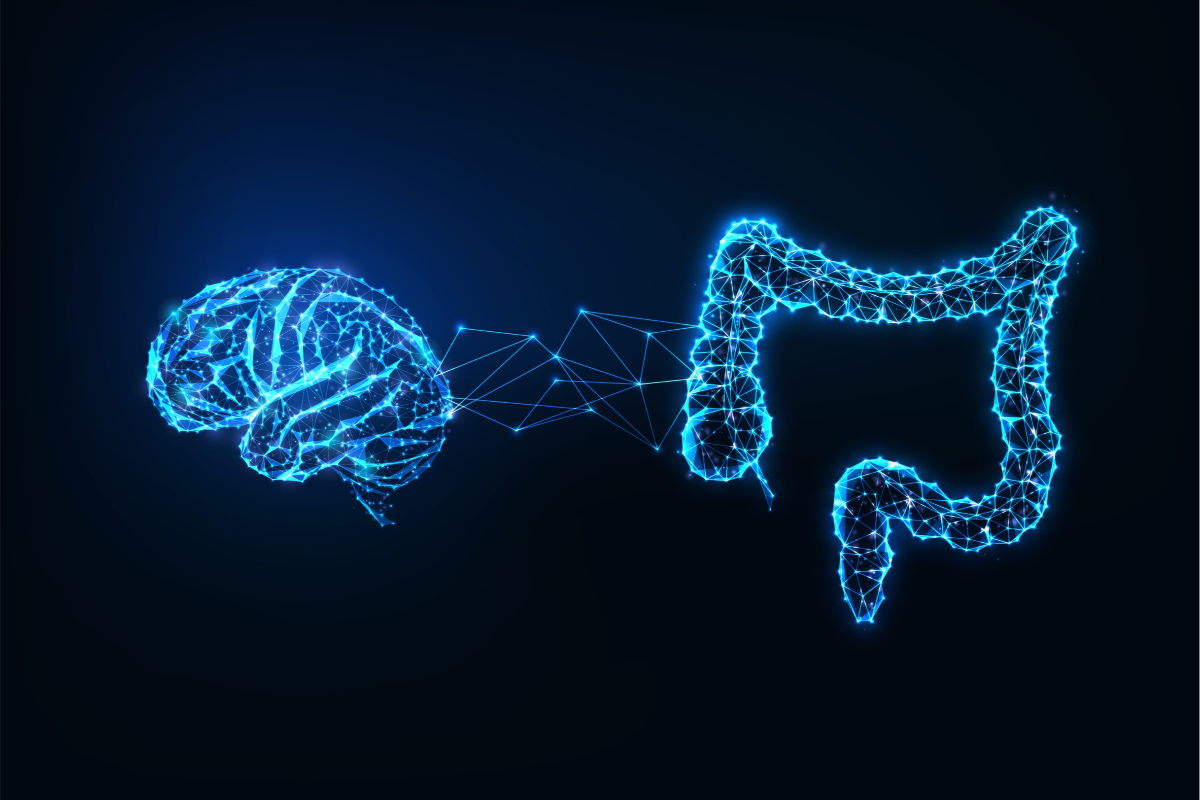New gut and brain circuits linked to sugar and fat cravings described

New research, published in the journal Cellular Metabolism by a team at the Monell Chemical Senses Center (USA), unravels internal neural pathways, revealing separate pathways for fat and sugar cravings, and the alarming result that an excessive combination of these pathways makes us want to eat more. how…
New research, published in the journal Cellular Metabolism by a team at the Monell Chemical Senses Center (USA), unravels internal neural pathways, revealing separate pathways for fat and sugar cravings, and the alarming result that an excessive combination of these pathways causes us to want to eat more than we eat. usually.
The team used cutting-edge technology to directly manipulate fat or sugar neurons in the vagus nervous system and showed that both types of neurons trigger the release of dopamine in the reward center of the brain in mice.
They found two distinct vagal pathways: one for fats and one for sugars. These circuits, which originate in the gut, transmit information about what we’ve eaten to the brain, setting the stage for food cravings.
To determine how fats and sugars affect the brain, the team stimulated the intestinal vagus nerves with light. This, in turn, prompted the mice to actively seek out stimuli, in this case food, that activated these circuits. The results showed that sugar and fat are sensed by separate vagal neurons and activate parallel but distinct reward circuits to control the reinforcement of specific nutrients.
But the story doesn’t end there. The team also found that activating fat and sugar chains at the same time creates a powerful synergy. “It’s like a double whammy to the brain’s reward system.“, explains a scientist from Monel Guillaume de Lartiguelead author of the study.
“Even if the total calories consumed from sugar and fat remain the same, the combination of fat and sugar leads to a significantly greater release of dopamine and ultimately overeating in mice.“.
This discovery sheds light on why dieting can be so difficult. The human brain may be finely programmed to seek out high-fat and high-sugar combinations, regardless of conscious efforts to resist. “Communication between the gut and the brain occurs below the level of consciousness.“, de Lartigue concludes.
“We may crave such foods without even realizing it.“, the researchers add. Thus, the team predicts that this line of research offers hope for the future development of strategies and treatments for obesity.